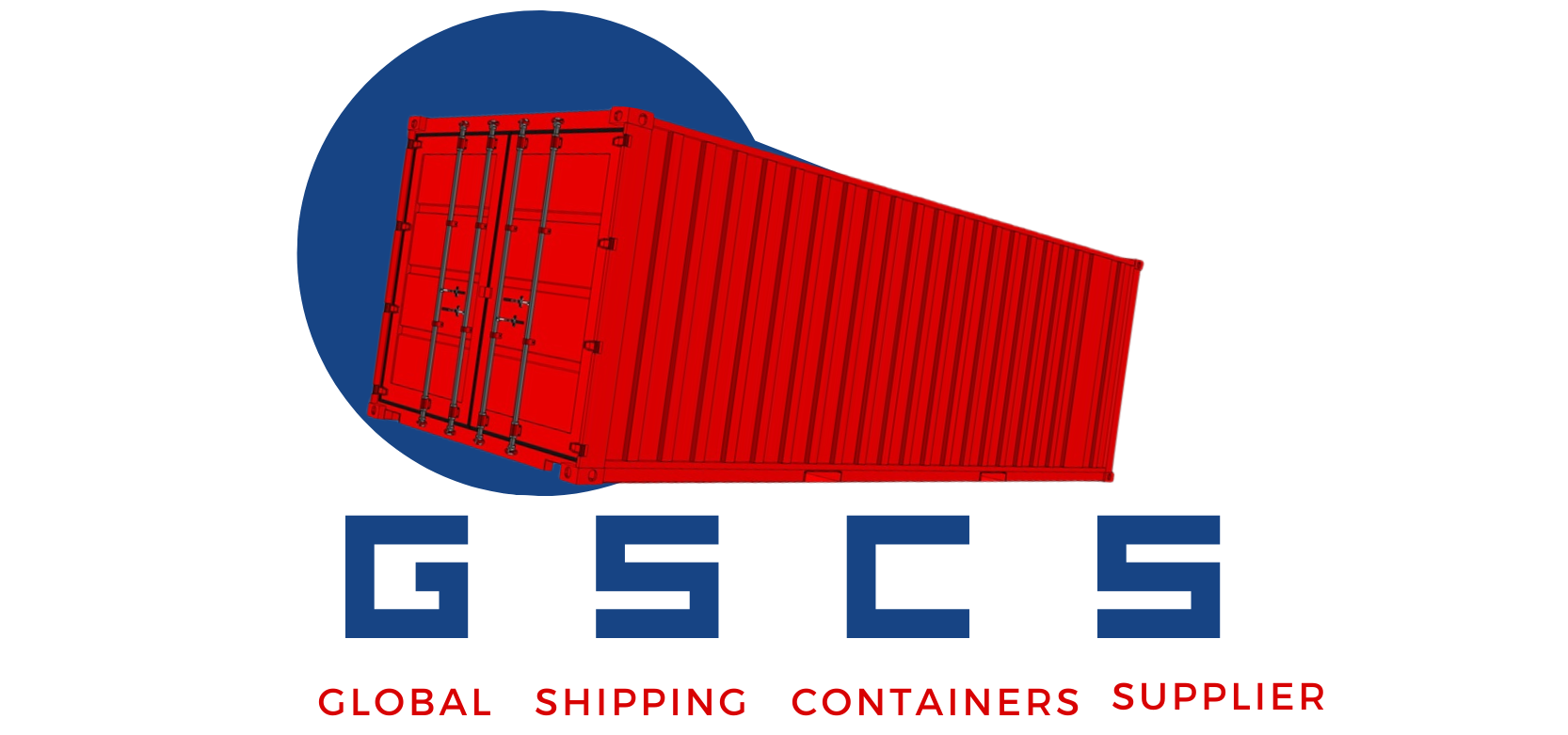
In an increasingly globalized world, international transport plays a critical role, of fundamental importance. Experts estimate that in the last twenty years, distribution logistics has increased by 170% and that the South of the world has now surpassed the rich North by volume of goods handled.
In this article we will analyse the three possible options to move freight from one area to another of the world: ground transport, ocean freight and air freight. All three have similarities and differences, different costs and benefits. And of course much depends on the type of goods you want to transport. Let’s take a look at them together.
As with all things, there are always the pros and cons. And like any other things, it’s up to you to weigh the options. In the field of transport, cargo and logistics, we all know that sea freight and air freight services have been trying to outdo each other as the forwarding method of choice for almost 100 years.

Ground transport
Surface transport is certainly the oldest, the most immediate, the most flexible and the most used for short distances, especially in the twentieth century thanks to the speed and comfort of the asphalt and the advent of highways. Land or “ground” shipping can be by train or by truck (British English: lorry). In air and sea shipments, ground transport is required to take the cargo from its place of origin to the airport or seaport and then to its destination because it is not always possible to establish a production facility near ports due to the limited coastlines of countries.
Ground transport is typically more affordable than air, but more expensive than ocean transport, especially in developing countries, where inland infrastructure may not be efficient. Shipment of cargo by trucks, directly from the shipper’s place to the destination, is known as a door to door shipment and more formally as multimodal transport. Trucks and trains make deliveries to sea ports and airports where cargo is moved in bulk. This type of transport is ideal, as we have said, for the short and medium distances and compared to the other types of transport it offers a “door to door” service. For further information on this topic, you can also read “Distribution Logistics: how to respond to modern customer needs“.
However, ground transport can also be the most tiring and expensive system if the recipient of the goods resides in a far away place, difficult to reach. Basically, it is advisable for short or relatively short journeys; it is highly inadvisable to transport a product thousands of kilometers away. Another negative aspect of ground transport concerns pollution: the need to respect ever more the parameters for reducing greenhouse gas emissions, as also agreed by G8 representatives, is slowing down the use of road transport. G8 also endorsed an emission reduction target of −50% by 2050.
Ocean freight
Ocean freight (or sea freight) is the most common form of transport for importers and exporters, accounting for 90% of goods transported globally.
Sea transport is used to cover large distances and is suitable for non-perishable goods: generally, in fact, it is the most economical type of transport, but it is also slower. The weather can vary from a few days to months, depending on the distance and the services available. A positive aspect is that with this type of transport it is possible to move large quantities of materials compared to competitors by land and air, which have much more limited possibilities.
Increasing difficulties are instead given by finding, once the goods have arrived in the port, an adequate connection network with the hinterland.
However, sea transport remains the ideal vehicle for long distances and large international loads, of course if the company has a turnover that covers the costs of the service.
Air freight
As far as air transport is concerned, the great advantage is speed: a product can reach the other part of the world very quickly, normally at most within 10 days considering the technical time of organization. Among the negative aspects, first of all there is the cost, higher than sea and land transport. Then, the environmental impact: according to some statistics, a thousand kilos of cargo emit an average of 500 grams of carbon dioxide per kilometer that the goods travel on a modern aircraft. On the other hand, if a merchant ship is used, the emission is reduced to 15 grams per kilometer. Air transport therefore pollutes much more. Another factor to consider is that relating to the multiplication of routes and the increasingly complicated management of the nodes of exchange in large airports.
In conclusion, the type of transport that you will want to use also depends heavily on the goods: a merchant ship is strongly advisable to transport non-perishable goods, such as feed and cereals, as well as equipment and machinery of various nature or raw materials such as coal, minerals, iron , steel, sand and so on. The use of the air freight, on the other hand, is advisable when moving perishable goods or high economic value goods, from jewels to works of art, as long as they are not large materials, considering the reduced measures of the hold. Overland transport is essential to finalize the other two types of transport, allowing a widespread distribution throughout the territory.

